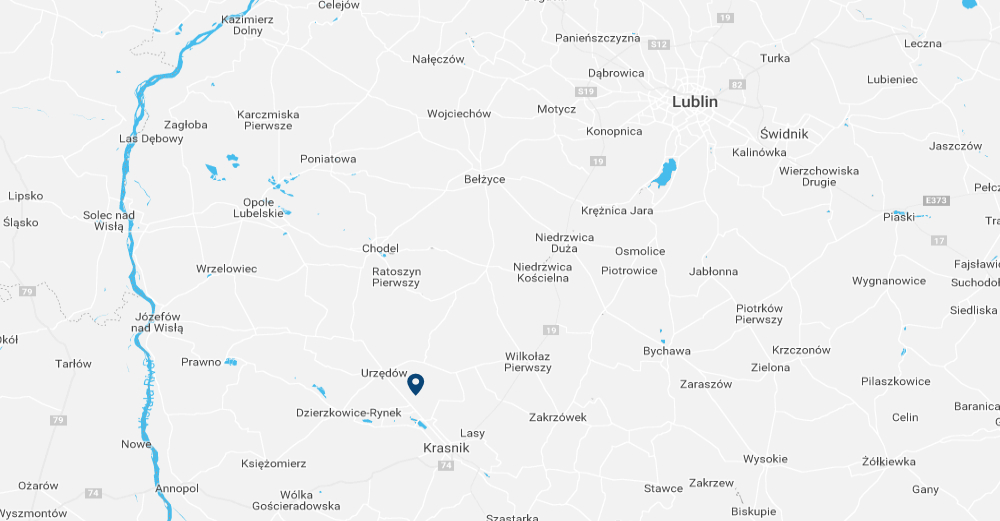Main dimensions of rolling bearings are:
- d – bore diameter,
- D – outer diameter,
- B or T – radial or angular bearing width,
- H – thrust bearing height,
- rs min. – minimal size of chamfer.
Charts showing main dimensions for metric bearings are presented in the following standards:
- ISO 15 – for radial bearings (beside tapered roller bearings)
- ISO 355 – for radial tapered roller bearings
- ISO 144 – for thrust bearings
Dimensions of all currently produced and newly developed bearings should be in accordance with values presented in above mentioned charts.
Charts arrangement is based on diametral series and widths (heights) with their associated dimensional series.
Symbol of dimension series results from placing as first digits numbers denoting series width or height, and further digits denoting outer diameter series.
Tolerances
Tolerances of rolling bearings describes accuracy of manufacturing of main dimensions for inner and outer rings that is their: shape, running accuracy which is respective position of both raceways, bore diameter, outer diameter and faces. Those parameters has been presented in ISO 492 standard.
Depending on boundary deviations value, dimensions and shape/position tolerances there can be distinguished the following accuracy classes of bearings:
- for radial bearings (beside tapered roller bearings) – PN, P6, P5, P4 and P2
- for tapered roller bearings – PN, P6X, P6, P5 and P4
P0 marking is used to describe standard ac- curacy class, markings from P6 to P2 are for classes higher than standard. The lower value the digit at P letter has, the greater accuracy the bearing have.






